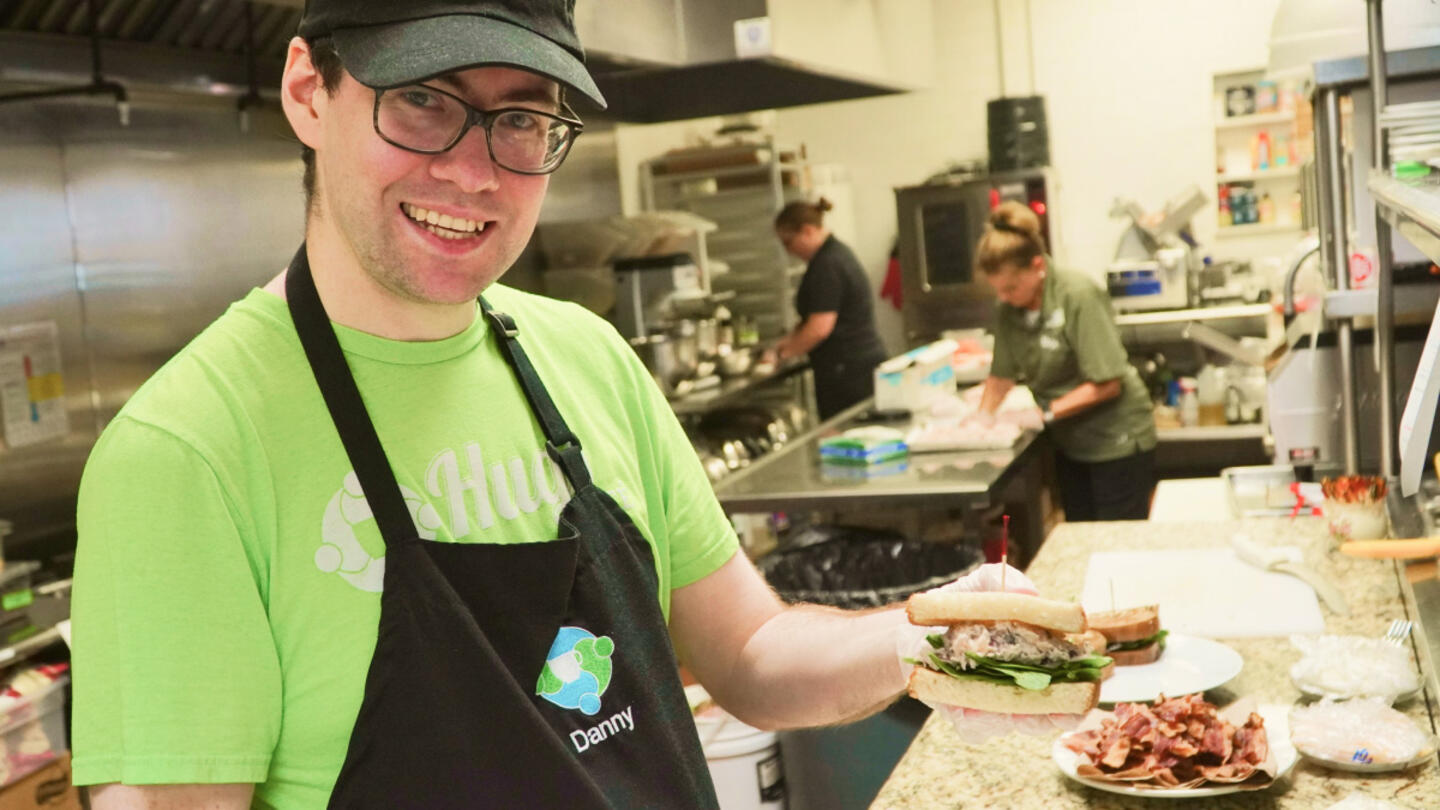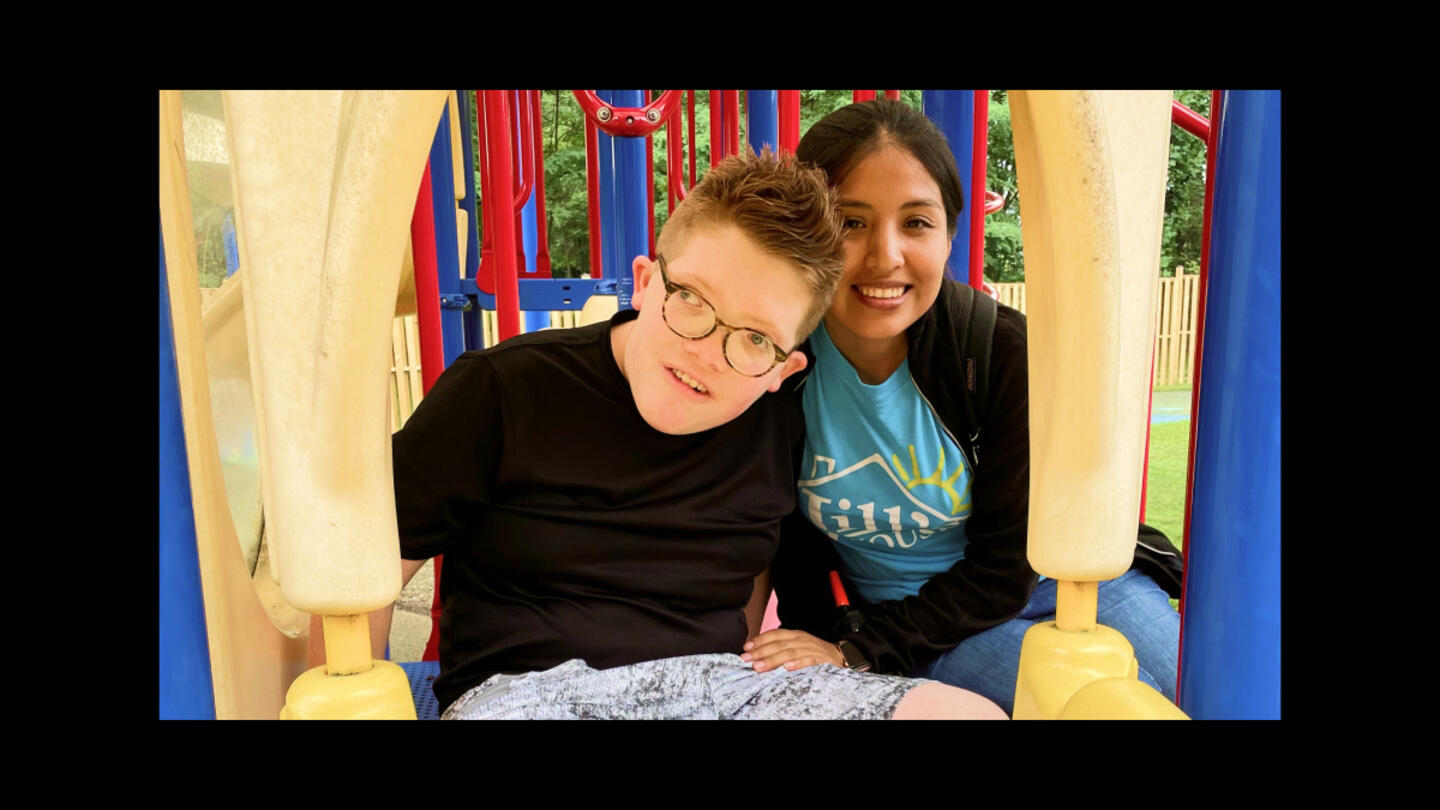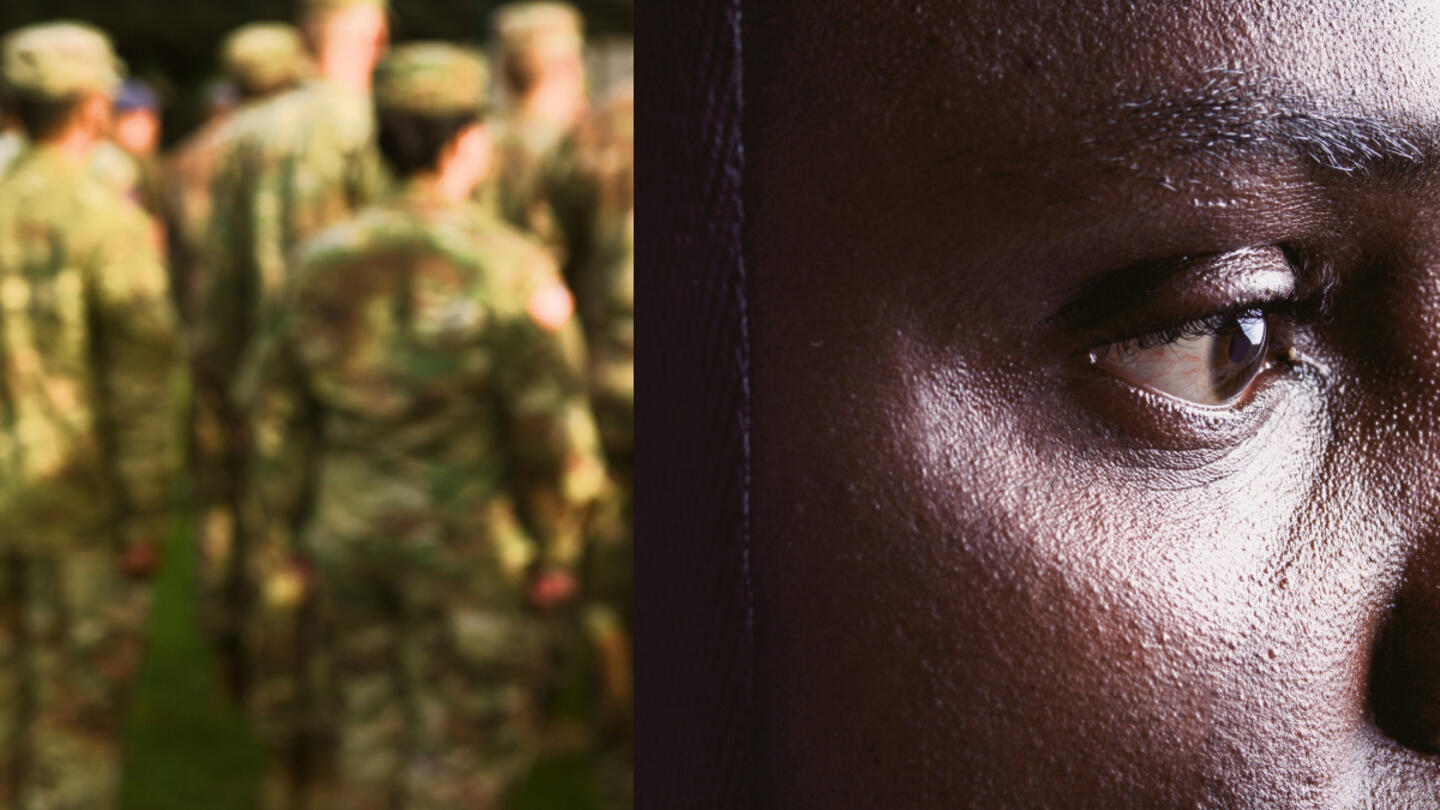Recidivism is a critical measure used in criminal justice reform efforts, reflecting the rate at which individuals are rearrested or return to prison after release. Understanding recidivism and its contributing factors is essential to developing effective strategies that reduce repeat offenses, promote personal growth, and lower crime rates.
By focusing on individual rehabilitation and creating pathways for reintegration, we can foster safer communities and uphold the dignity of each person involved.
For many individuals, being released from prison is just the beginning. Recidivism remains a significant issue in the U.S., where nearly 70% of those released from state prisons are rearrested within five years, and 40% return to prison within three years. Factors like access to housing, education, and employment play a major role in preventing re-offending.
Stand Together partners with organizations that offer innovative solutions — such as job training programs, mentorships, and trauma counseling — that help individuals rebuild their lives and contribute positively to their communities. These efforts recognize the dignity and potential in each person, helping to break cycles of crime.
What is recidivism?
Recidivism refers to the cycle of individuals being rearrested or returning to prison after release. Addressing the reasons behind recidivism not only leads to safer communities but also provides individuals with the support needed to successfully reintegrate into society.
- Measuring Effectiveness: High recidivism rates may suggest that the system is not effectively rehabilitating offenders.
- Policy and Reform: Analyzing data helps improve rehabilitation programs and policies, leading to more effective strategies that uphold human dignity.
- Economic Impact: Lower rates save taxpayer money on law enforcement, legal proceedings, and incarceration.
- Social Impact: Reducing recidivism strengthens public safety, promotes community stability, and helps individuals regain control over their lives.
What factors contribute to recidivism?
Understanding the factors contributing to recidivism rates helps develop interventions that support individuals and prevent repeat offenses. These underlying issues often overlap, creating a complex web that perpetuates criminal behavior.
To better address these challenges, consider the following contributing factors:
- Limited access to education and employment
- Mental health and substance abuse challenges
- Negative peer associations
- Insufficient support systems
- Inadequate rehabilitation programs
- Social and environmental influences
- Lack of community resources or social services
Strategies to reduce recidivism rates
Exploring strategies to reduce repeat offenses can lead to more successful reintegration and safer communities. A multifaceted approach that supports individuals as they transition back into society is crucial for long-term success and mutual benefit.
Sign up for the Strong & Safe Communities newsletter for stories, ideas, and advice from changemakers working with their neighbors to address the biggest problems we face.
1. Continued learning and support
Education and training play a key role in reducing recidivism. By equipping individuals with marketable skills, stable employment becomes more attainable, which fosters financial independence and a sense of purpose. Programs offering ongoing learning opportunities — such as online courses — empower individuals to improve their qualifications, thereby enhancing their employability and reducing their chances of reoffending.
2. Job training and employment support
Providing job training and mentorship plays a significant role in reducing recidivism. Employment offers stability, while mentorship offers guidance, support, and a positive role model, helping individuals reintegrate into society.
Employment reduces the financial pressures that might otherwise lead to reoffending, ensuring that formerly incarcerated individuals can build a more stable life. By bridging gaps in education and qualifications, these programs uphold dignity and unlock opportunities for meaningful contributions to society.
3. Reentry planning and support
Effective reentry planning, combined with community support, is critical in preventing recidivism. Structured transition programs and supportive networks help individuals navigate the challenges of returning to society, providing them with the resources they need to avoid falling back into criminal behavior. This creates a win-win situation, as both individuals and communities become stronger when reenty is successful.
How 4 nonprofits are making a difference and reducing recidivism
Stand Together supports organizations that empower individuals to build the skills and confidence needed to build new lives. These four organizations play a role in reducing repeat offenses by offering resources, support, and advocacy to individuals who might otherwise recidivate.
1. The Frederick Douglass Project
The Frederick Douglass Project seeks to reduce recidivism by facilitating personal interactions between over 10,000 incarcerated individuals and visitors a year within the next five years. These conversations foster empathy, challenge societal perceptions, and highlight the dignity of individuals in maximum-security prisons. By promoting greater societal awareness, the project helps increase the chances of successful reentry and rehabilitation.
2. Recidiviz's impact on recidivism
Recidiviz, a data-driven initiative, has helped safely return 70,000 individuals to their communities, saving $1.1 billion for the state of Idaho. Now active in over 11 states, Recidiviz equips policymakers with real-time data to reduce unnecessary incarceration and improve public safety, demonstrating how technology and data can promote mutual benefit.
3. FreeWorld
FreeWorld empowers formerly incarcerated individuals by providing career training and job placement in high-demand fields such as trucking. Through their programs, FreeWorld transforms lives, helping individuals find fulfilling careers and reducing recidivism.
The organization’s long-term goal is to place 100,000 graduates annually in various industries, supporting these individuals to contribute meaningfully to the economy.
4. Café Momentum
Café Momentum offers paid internships to at-risk youth, providing life skills training and job opportunities in the restaurant industry. By preventing juvenile recidivism, Café Momentum demonstrates how holistic support can help young people avoid reoffending and find purpose. Their success in reducing recidivism reflects the dignity and potential of each participant, making a lasting impact on both individuals and communities.
Recidivism: Key takeaways and implications
Recidivism remains a major challenge in the U.S. criminal justice system, with significant economic and social implications. By understanding its meaning and contributing factors, stakeholders can develop strategies to reduce re-arrest rates and promote rehabilitation. Nonprofits like the Frederick Douglass Project and data-driven initiatives like Recidiviz are leading the way toward a more effective and compassionate criminal justice system that respects dignity and fosters mutual benefit.
More about recidivism and reentry programs
- Hudson Link is revolutionizing prison education with accredited degrees, helping individuals reintegrate into society through education and fostering long-term success.
- Flikshop is an app that connects people serving sentences with loved ones, strengthening family bonds and preparing them for life after release, reducing the likelihood of recidivism.
Learn more about Stand Together's criminal justice efforts, and explore ways you can partner with us.

People with disabilities want meaningful work — and Hugs Cafe is making it happen.

At this ‘resort,’ children with intellectual disabilities are seen as gifts to be celebrated and loved.

Veterans experience loss when leaving service. Could this be key to understanding their mental health?

The Grammy-nominated artist is highlighting the stories we don’t get to hear every day.
